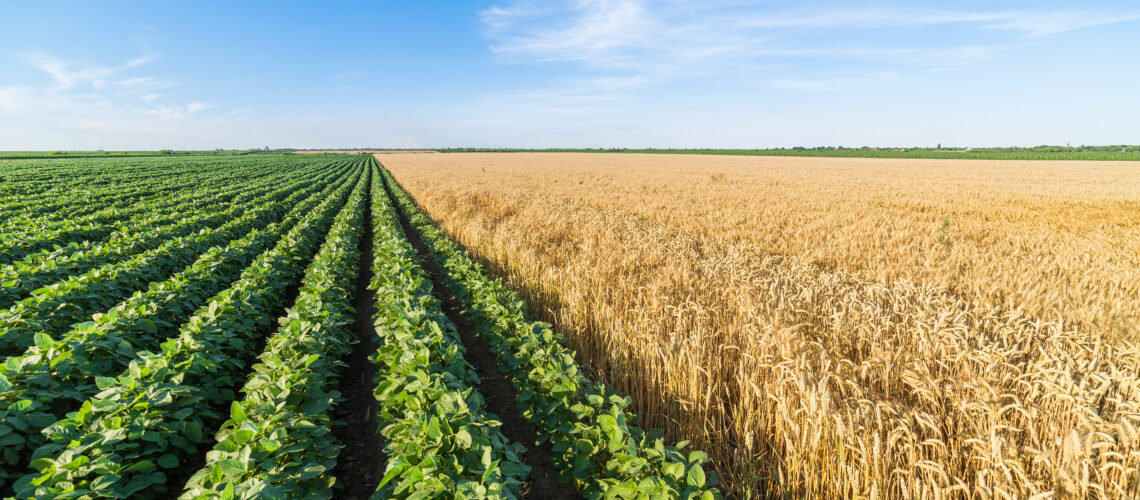Crop Rotation and Nutrient Management

Growing crops in rotation is not a new concept for production agriculture, but it is important to realize that crops grown in rotation have different nutrient requirements and may have different critical soil levels. In the US, crop rotation has averaged around 80 to 90 percent of acreage devoted to corn, soybeans and wheat since 1996.1
Although a diverse crop rotation requires dedication to its management, the practice can provide numerous benefits to ultimately increase yield. Crop rotation can aid in pest management by breaking pest cycles, benefit soil structure due to the different root architectures of different crops and impact fertilization rates, specifically when a grass follows a legume.
The term ‘rotation effect’ has been used for decades to describe the increase in yield that occurs when crops are grown in rotation rather than monoculture. This yield increase is typically around 5 to 15 percent – an increase that can provide a significant boost to a farmer’s bottom line.
Crops in Rotation and Nutrient Requirements
When determining the crop rotation system that will be used, the first step is soil testing. Depending upon crop rotation, field history and the value of the crop, farmers should soil test every one to three years. Soil testing will aid in determining nutrient application needs for the particular crop being planted, as some crops remove more nutrients from the soil than others.
Alteration of crop rotation and the resulting impact on nutrient removal can be evaluated using nutrient removal calculation tools. Our eKonomics website has a nutrient removal calculator that will allow for easy calculation of nutrient removal (and nutrient uptake) based upon crop and yield level.
Realizing that different crops have different nutrient removal rates is a good way to maintain a fertilization strategy, but also note that different crops may have different soil critical levels. As an example, in the eastern Corn Belt (Indiana and Ohio), wheat has a higher critical level for soil test phosphorus than corn or soybeans. As a result, the phosphorus soil test level will need to be maintained at a higher level to ensure adequate nutrition for wheat in the rotation.
Rotating crops is a good way to increase productivity, but make sure to account for differences in nutrient requirements of the different crops when formulating a fertilization strategy to maximize profitability.
1 USDA. (2013). Soil Tillage and Crop Rotation.


